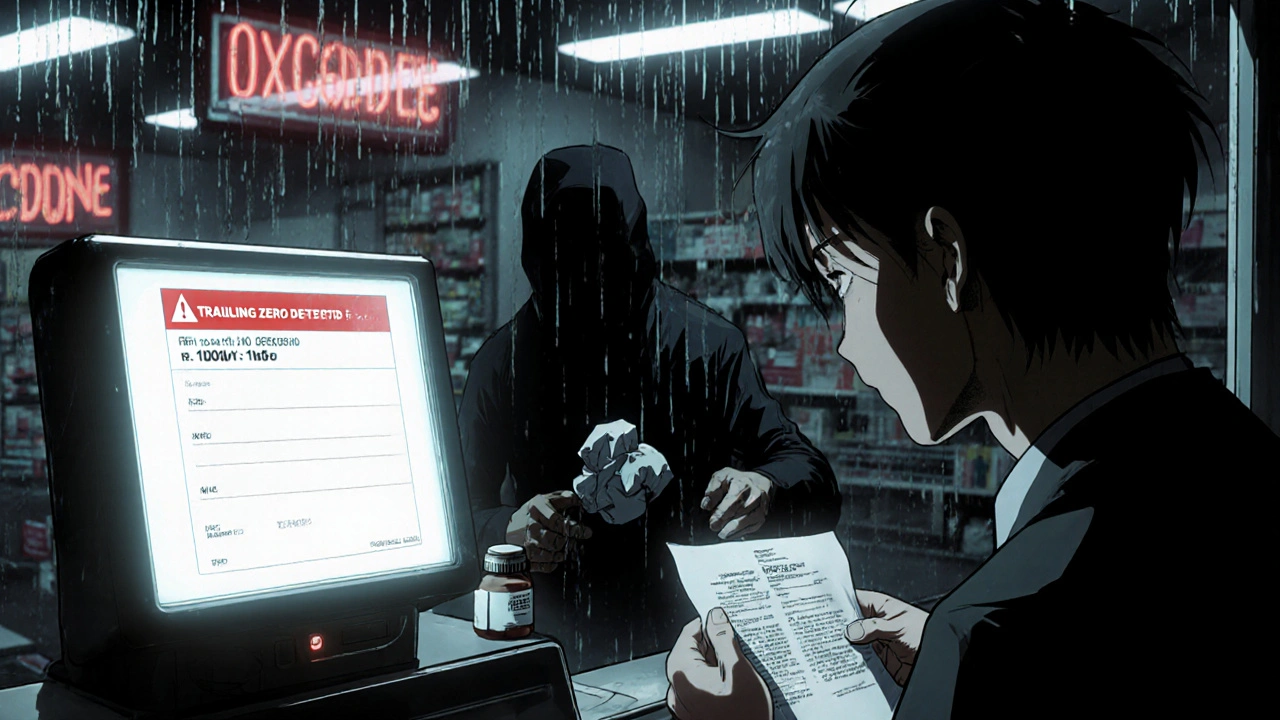Learn how to safely transfer prescriptions while maintaining label accuracy under 2025 DEA and FDA rules. Avoid deadly dosing errors with proper electronic transfers, labeling standards, and patient responsibilities.
Label Accuracy in Medications: Why Correct Drug Labeling Saves Lives
When you pick up a pill bottle or open a box of medicine, label accuracy, the exact match between what a drug is supposed to be and what’s printed on its packaging. Also known as pharmaceutical labeling precision, it’s the line between healing and harm. A wrong name, incorrect dosage, or missing warning can turn a safe treatment into a danger. This isn’t theoretical—thousands of avoidable errors happen every year because labels don’t match what’s inside.
Label accuracy ties directly to FDA regulations, the strict rules that govern how drugs are named, packaged, and labeled in the U.S.. The FDA doesn’t just approve drugs—they audit labels, check font sizes, verify active ingredients, and require clear warnings about interactions. If a label says "10 mg" but the pill is 100 mg, that’s a Class I recall. That’s life-or-death stuff. And it’s not just about big pharma. Generic drugs, authorized generics, and even over-the-counter switches rely on perfect labeling to keep patients safe. You might think, "I just read the name," but what if the label says "Lopinavir/Ritonavir" but the bottle contains something else? That’s exactly how dangerous CYP3A4 interactions slip through.
Even small mistakes ripple out. A mislabeled dosing syringe for kids’ medicine? That’s how accidental overdoses happen. A missing warning on a drug like ranitidine? People don’t know it can cause constipation or be linked to cancer risks. When medication labeling, the physical and digital text on drug containers and inserts fails, patients can’t make informed choices. That’s why reporting side effects through FDA MedWatch, the official system for tracking adverse drug reactions matters. Your report helps fix label gaps before someone else gets hurt.
Label accuracy isn’t just a pharmacy issue—it’s your safety net. It’s why you need to double-check the name on your prescription, why generic Lipitor and Sildamax must have the same active ingredient printed clearly, and why Alphagan and Cozaar labels can’t leave out key warnings. If the label doesn’t match the science, you’re flying blind. Below, you’ll find real-world examples of what happens when labels get it right—and when they don’t. These aren’t abstract rules. They’re the details that keep you alive.

